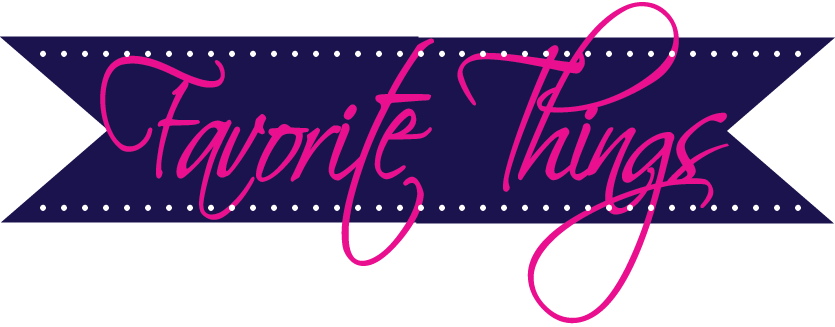Woodbine House is an incredible source for books on disabilities. We are the proud owners of a variety of books published by Woodbine House including Fine Motor Skills for Children with Down Syndrome, Gross Motor Skills in Children with Down Syndrome and as of last week we now own Early Communication Skills for Children with Down Syndrome.

As described by Woodbine House:
Newly revised and updated, this compassionate and authoritative guide is based on Libby Kumin’s more than thirty years experience working with children and adolescents with Down syndrome and their families. Dr. Kumin draws on her vast experience to show parents how they can support and encourage their child’s speech and language development from birth to age 6 (or when a child can form 2- to 3- word sentences). Parents and teachers learn how to work through characteristic challenges, including hearing loss, intelligibility issues, apraxia (difficulty planning oral-motor movements), or a slower pace of development. Families soon see that many children with Down syndrome are natural and willing communicators.
About six months ago I saw that Woodbine House was looking for photos of children who have Down syndrome to put in their newest edition. I sent in a few photos of Joey and when we opened the book last week, here is what we found.
In Chapter 13, this sweet boy appears:



As described by Woodbine House:
Newly revised and updated, this compassionate and authoritative guide is based on Libby Kumin’s more than thirty years experience working with children and adolescents with Down syndrome and their families. Dr. Kumin draws on her vast experience to show parents how they can support and encourage their child’s speech and language development from birth to age 6 (or when a child can form 2- to 3- word sentences). Parents and teachers learn how to work through characteristic challenges, including hearing loss, intelligibility issues, apraxia (difficulty planning oral-motor movements), or a slower pace of development. Families soon see that many children with Down syndrome are natural and willing communicators.
In a warm and conversational style, the author shares her professional expertise in parent-friendly terms. She uses specific examples of difficulties and successes to illustrate the concepts behind speech and language development, and includes the latest research supporting current early intervention and preschool approaches that can be used at home and in schools.
This third edition of Early Communication Skills features expanded information on the needs of children with apraxia, dual diagnosis of autism and Down syndrome, and updated terminology and information on special education law. An expanded chapter explains how technology and augmentative and alternative communication (AAC) can help with speech and language, foster communication, and provide inexpensive transitional language systems. Over thirty forms are now included on a CD-ROM to be used for assessment, developing treatment plans, and keeping detailed records of progress. Teachers, speech-language pathologists, and parents will love the convenience of printing multiple copies of forms and organizing information for IEP meetings or periodic evaluations.
About six months ago I saw that Woodbine House was looking for photos of children who have Down syndrome to put in their newest edition. I sent in a few photos of Joey and when we opened the book last week, here is what we found.

Then I turned to Chapter 14 and my heart melted:

Tommy and Joey together. That's really what it is all about for us. Two brothers. No understanding of differences, numbers of chromosomes, motor delays or anything else. Tommy, you are too young to understand right now just how proud of you I am for what an incredible big brother you already have become.


.JPG)
.JPG)
.JPG)
.JPG)
.JPG)
.JPG)
.JPG)
.JPG)




























































